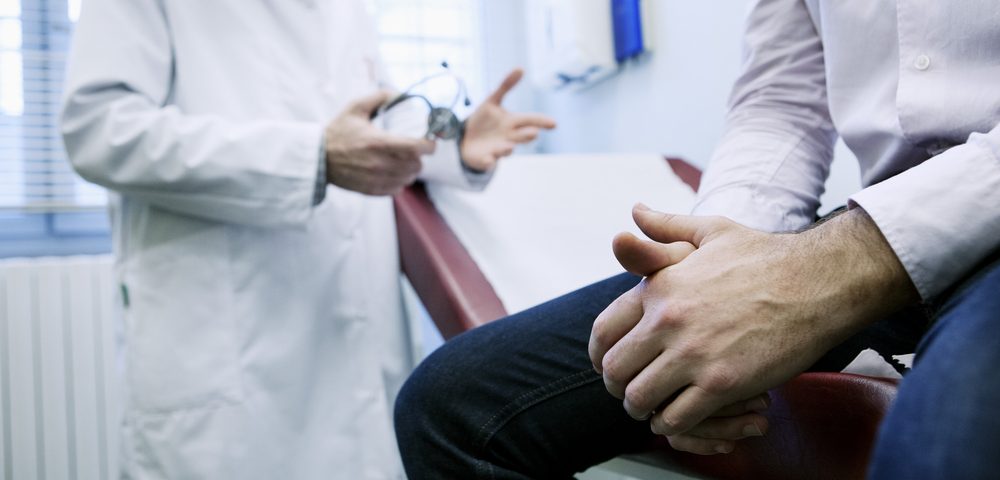A review of the evidence supporting medications in lower urinary tract symptoms (LUTS) caused by benign prostatic hyperplasia (BPH) demonstrated that the field of BPH medical treatments is actively progressing, with new drugs in clinical trials offering a promise of better medicines to come.
The study, “New medical treatments for lower urinary tract symptoms due to benign prostatic hyperplasia and future perspectives,” was published in the journal BMC Urology.
To evaluate studies of newer BPH drugs, researchers from Erasme Hospital at the Université Libre de Bruxelles in Belgium reviewed 56 representative studies published from 2006 to 2015.
One of the main types of drugs the review focused on was selective alpha1-antagonists. Non-selective blockers of alpha1, such as Cardura (doxazosin) and Flomax (tamsulosin), are used as first-line BPH drugs today.
Non-selective alpha blockers all have the drawback of causing vascular side effects, such as a drop in blood pressure when sitting or standing rapidly, headache, and dizziness. These side effects are caused by the drugs’ action on a particular type of alpha receptor, called 1B.
Rapaflo (silodosin) is the most recently developed drug in this group, almost exclusively binding to alpha1A receptors. Clinical trials have shown that it effectively improves LUTS, particularly urinary flow and nighttime urination. It does not cause side effects related to blood pressure, but it is linked to an inability to ejaculate.
Therefore, researchers suggest Rapaflo is particularly useful in older, less sexually active patients, who might be more sensitive to the blood pressure effects of nonselective alpha blockers.
Phosphodiesterase 5 inhibitors is another class of drugs that have been used extensively for impotence. Cialis (tadalafil) is the drug most often used, and studies show it has numerous actions on both blood vessels, immune cells, and nerve signaling, allowing it to target LUTS from several angles.
Clinical trials show that it reduces both prostate and LUTS symptoms, and improves quality of life. Combining Cialis with drugs such as Flomax or Proscar (finasteride) was even more beneficial on both LUTS and impotence symptoms. Although side effects are generally mild, clinicians must take care to exclude patients with heart problems from the treatment.
Since research increasingly points to the fact that bladder problems also contribute to LUTS in men, drugs acting on the muscarinic receptors are sometimes used. Such drugs have been used in women with LUTS, as this type of receptor exists mainly in the bladder. Many urologists, however, are wary that these drugs can cause acute urinary obstruction in men with bladder outlet obstruction.
Clinical trials have explored muscarinic drugs in combination with other treatments, and the rates of acute urinary retention have generally been low, but the review suggests that men using these types of drugs should be monitored. The most common side effect is dry mouth.
In addition to oral therapy, some drugs are also directly injected into the prostate. Clinical trials of these medications, however, have also seen effects in the placebo groups, showing that this needs to be taken into account when designing studies. Both ethanol and Botox (botulinum toxin) have been examined as injection treatments.
Although trials have not yet shown that this approach is beneficial beyond doubt, it is a safe treatment method, and side effects are mostly linked to the injections rather than the drug itself.
The authors believe that the future of BPH-related LUTS medical treatment for men will likely hold many new solutions. Researchers are now investigating the role of inflammation, vitamin D, and other types of receptors. Research and clinical trials must continue, they conclude, to reduce BPH progression, improve quality of life, and decrease the side effects of treatment.

